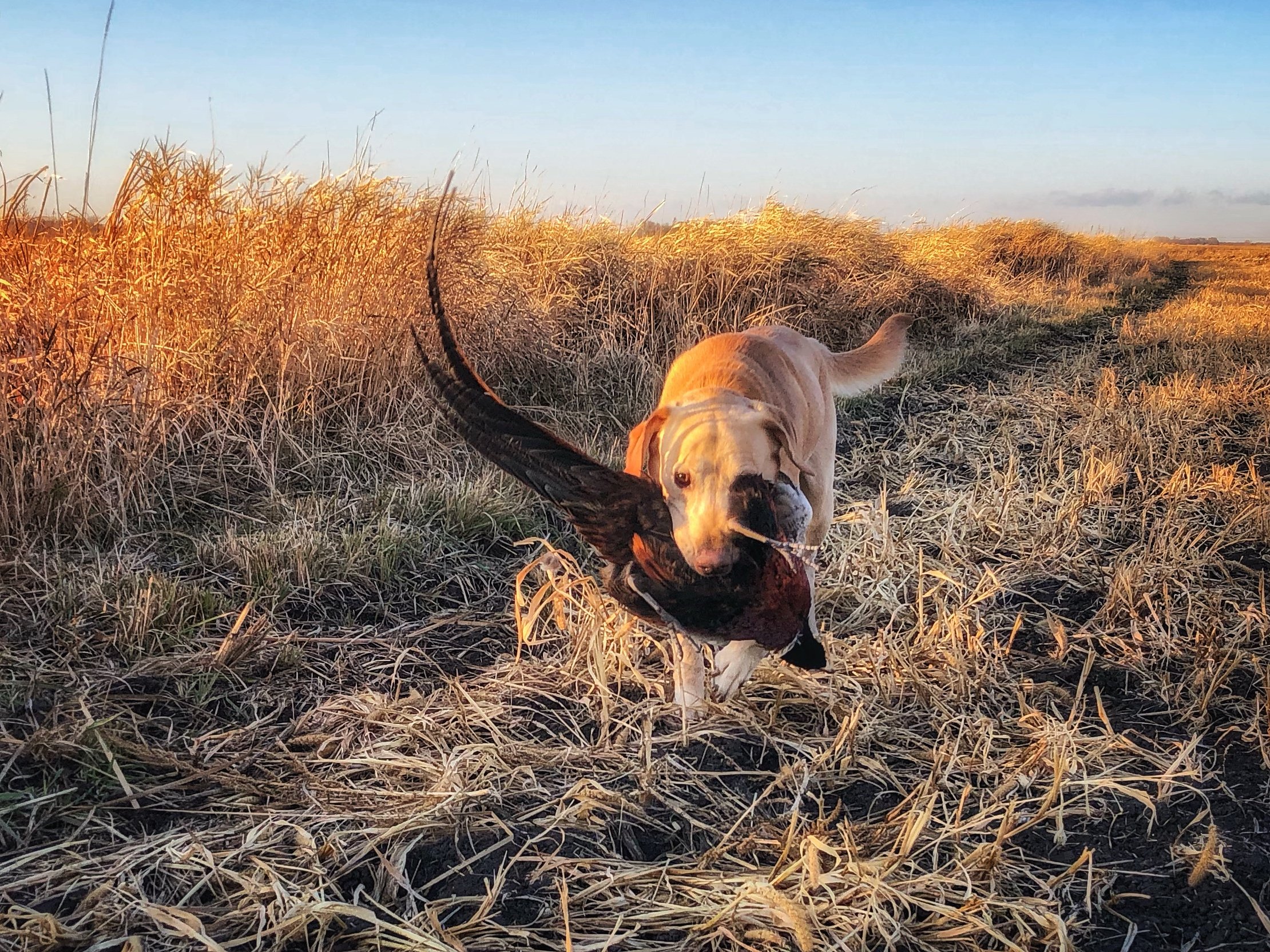3 Killer Tactics for Hunting Pressured Pheasants
After 30 years of chasing roosters across South Dakota's sloughs and prairies, I've learned one hard truth: today's pheasants aren't your grandpa's birds. Wild roosters have learned every trick in the book, and they'll run circles around hunters who think a casual stroll through the field is all it takes.
Sure, we all know the basics — walk into the wind, keep your dog close and only shoot the pretty ones — but if you want to consistently put roosters in your game bag, especially on public land where birds get hammered all season, you need to step up your game. Here are my three favorite tactics for outsmarting pressured birds.
1. Silence is Golden
Let me paint you a familiar picture: A truck rolls up to the parking area, doors slam, someone's yelling at their dog, and suddenly the far end of the field erupts with birds heading for the next county. Sound familiar?
Here's the deal — by this time of the season, birds have learned that truck doors and human voices mean trouble. When I head out hunting, it’s nothing for us to park a quarter-mile (sometimes more) from where I plan to hunt. Yeah, it means more walking, but I'd rather walk an extra mile than watch birds flush out of range all day.
The real key is being ready to hunt the second your boots hit the ground. No fumbling with gear, no long strategy sessions at the truck. Have your plan set, layers on and gun loaded before you arrive. Trust me, those extra few minutes of quiet can make the difference between limits and empty game bags.
2. Pick Up the Pace
Now, this might ruffle some feathers, but there are times when hunters can be too methodical in their approach. Today's pressured birds aren't sitting around waiting for you to mosey on up to them. Those long legs aren't just for show — these birds will run a marathon if you let them.
I've found that keeping a quick, steady pace actually keeps more birds in range. I'm not talking about racing through the field, but moving with purpose. When you dawdle, you're just giving those roosters more time to put distance between you and them.
Think of it like this: The moment a pheasant knows you're in the field, it's moving. The slower you go, the further ahead it gets. By maintaining a faster pace, you keep constant pressure on the birds and often force them to either hold tight or flush within range.
3. Hunt from the Inside Out
Here's my favorite trick that goes against everything you might have learned: If you’re hunting solo or in a small group of two or three hunters, consider starting in the middle of the thick cover and working your way out. Most hunters edge-hunt their way through a field (great tactic, by the way), but pressured birds aren't dumb and often run straight for the thickest cover the second they sense danger.
By hitting the heavy cover first, you can force birds toward the edges where shots are clearer and retrieves are easier. Sure, some will still flush wild — that's just pheasant hunting — but I've had some of my best days using this inside-out approach.
Hunt the thick stuff first, then clean up around the edges.
Remember, pressured pheasants are looking to run and hide first, fly second. Use that instinct against them by starting where they want to end up — in the thick stuff.
These tactics might not be traditional, but neither are today's educated roosters. Give them a try next time you're out, and you might just find yourself walking out of the field a little heavier at the end of the day.


